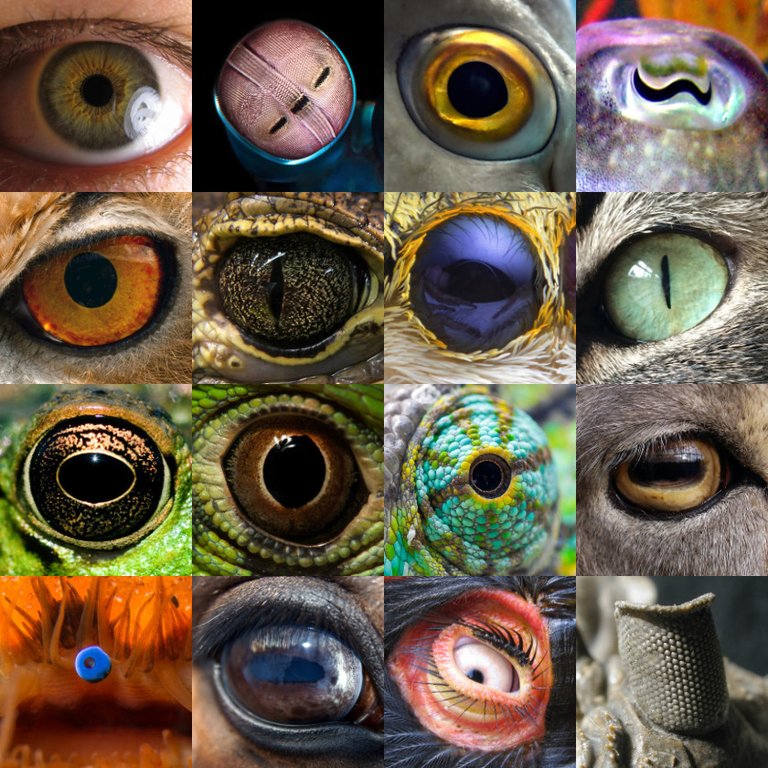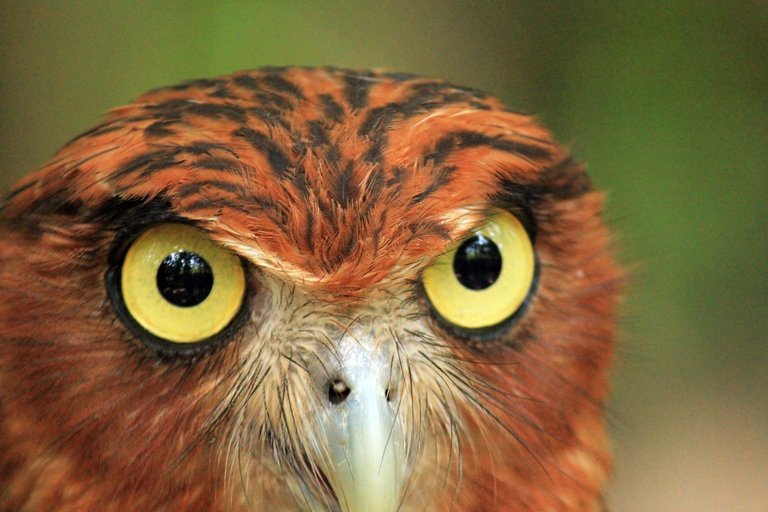From the dog in your house to the cat on your couch, the goat, tortoise, bat, owl, and every animal you know including humans, we all have eyes and our eyes while our eyes are somewhat round, we tend to have variations when it comes to pupils. Interestingly, our eyes tell us a lot about our ancestors, our habitat, what we see and how we see, and how we survive.
If you love asking questions, then you might ask questions like why do goats have horizontal pupils, why do cats have almost vertical pupils, lizards and geckos have multiple pupils arranged vertically and other animals have different shapes of pupils like cuttlefish has W-shape pupil. Asides from the pupils, different organisms possesses different color of eyes.
Camera-type eyes are common among vertebrates and some invertebrates and this is because they are needed for producing sharp, detailed images. The camera-type eye is a spherical-shaped type of eye that has the cornea and lens working together to send incoming light and image information to the retina and then to the photoreceptors. Animals with this type of eye depend on their eyes for the majority of things. In humans, 2/3 of our focusing is done by the cornea with 1/3 of the focusing done by the lens.
In aquatic animals, the medium behind the cornea is water so the cornea doesn't do much of the focusing leaving the lens to do about 100% of the focusing. Some eyes are very simple with the pupil doing the majority of the work of seeing like the Nautilus which does not have any lens rather depends on the pupil to form an image on the retina. Owls on their own cannot move their eyes in their socket so to see around, they need to move their head up to 270 degrees.
Some predators are equipped with tubular eyes while others have circular eyes and vertical slit. Most prey animals have their eyes on their side and they have horizontal slit which allows the ray of light from behind and from the front allowing them to find predators around in the ground.
Snakes have special infrared-sensitive receptors in their snouts allowing them to see heat radiated from warm blooded animals. Horses on their own have a blind spot in front of them thanks to their eye placement. Birds see ultraviolet light helping them to differentiate between males and females.
Each of these animals have their eyes for the purpose of different things including hunting, running from predators, and chasing preys. Others enjoy the engineering of their eyes for sight in the dark while others optimize daytime light to see properly during the day.
For Further Studies
https://pmc.ncbi.nlm.nih.gov/articles/PMC11501362/
https://actascientific.com/ASVS/pdf/ASVS-04-0267.pdf
https://www.msdvetmanual.com/dog-owners/eye-disorders-of-dogs
https://blog.londolozi.com/2023/05/01/structural-adaptations-eyes/
https://www.sciencedirect.com/science/article/pii/S0960982213012608
https://pmc.ncbi.nlm.nih.gov/articles/PMC4643806/
https://www.uoosd.com/eyes-in-wildlife


There is a popular saying where I come from, that says, "the eye powers the body" and I think that is true even with your description covering different types of animals.
Thanks for your contribution to the STEMsocial community. Feel free to join us on discord to get to know the rest of us!
Please consider delegating to the @stemsocial account (85% of the curation rewards are returned).
Thanks for including @stemsocial as a beneficiary of this post and your support for promoting science and education on Hive.